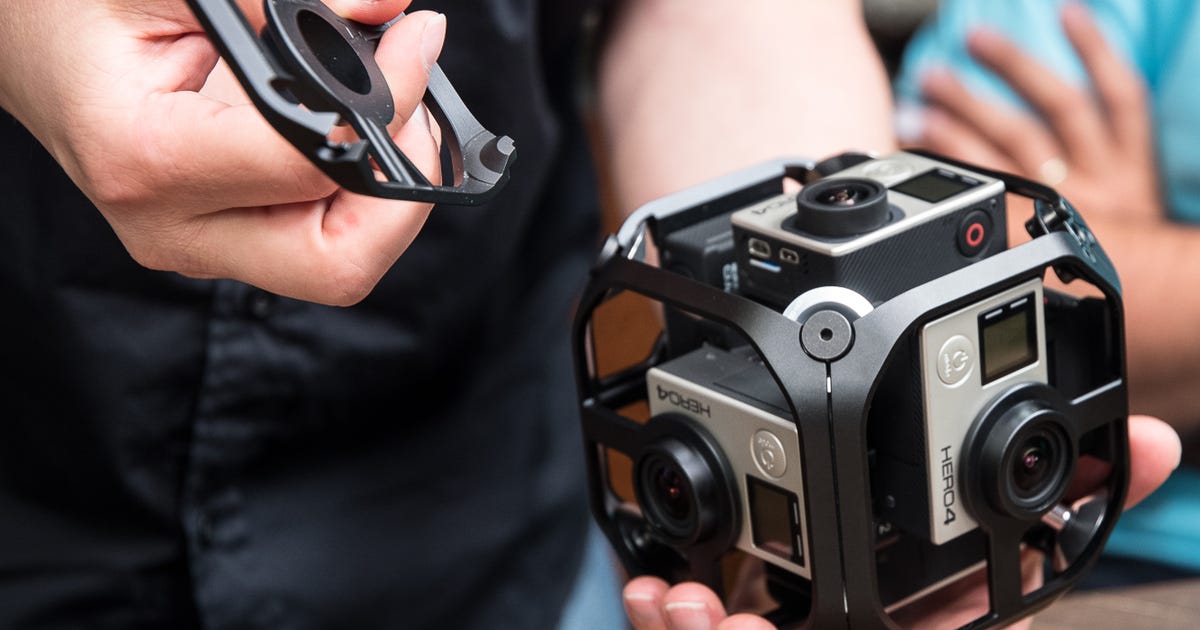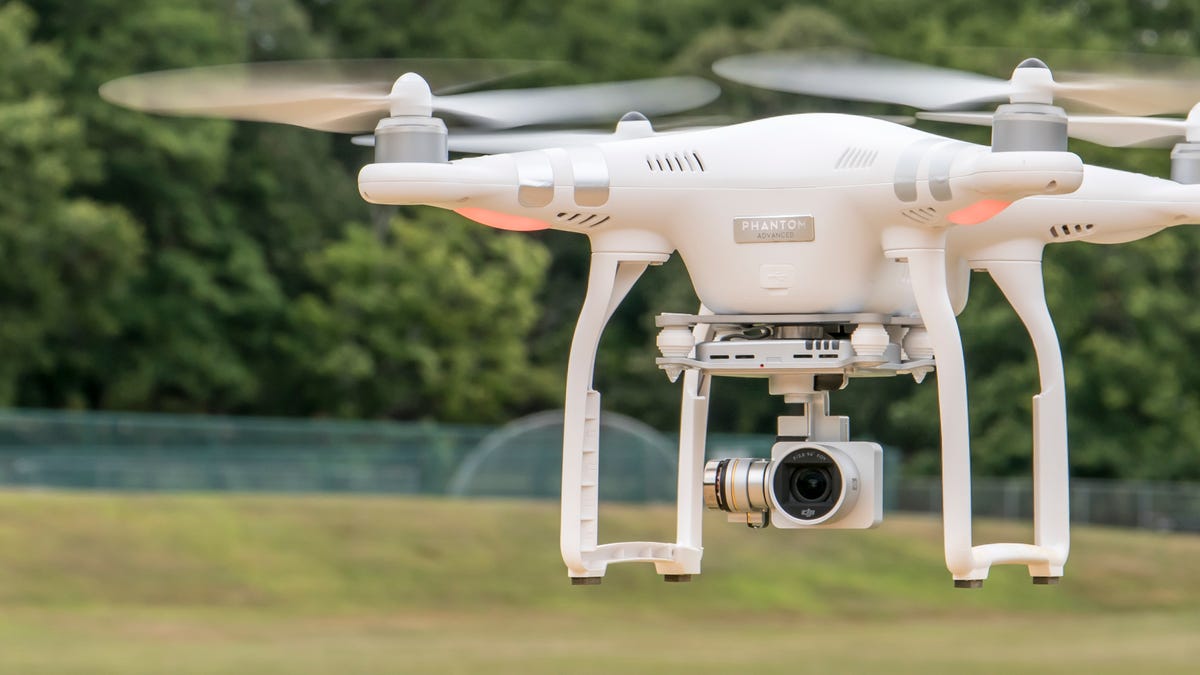
See how easy the GoPro Omni makes shooting 360 VR video
GoPro wants to make professional 360 VR easy enough for anyone to give it a go.
The Omni is a synchronized six camera array. Because it's a GoPro device, naturally it uses six Hero4 Black cameras.
For those willing to hand over $5,000 (around £4,060 or AU$6,530 converted) you get the complete Omni kit. This includes six Hero4 cameras, microSD cards, batteries, an external battery pack, stitching software and more. It costs $1,500 to buy the cage rig separately and bring your own Hero4 cameras. You might think that this is expensive, but other systems like Nokia's Ozo cost upwards of $45,000.
With one button you can start and stop recording on the Omni. There's no need to worry about synchronizing footage using a clap or audio track as the rig automatically does this for you.
Once you capture footage, the Omni Importer software gives a quick preview stitch, plus options for color correction and stabilization.
We took the Omni on several shoots, varying the lighting conditions and motion each time. From the inside of a robot pizza factory to a trip down San Francisco's famous Lombard Street, the Omni's compact size and sturdy frame worked to its advantage.
The rig would greatly benefit from a lock switch, however, as it's really easy to press buttons and turn on cameras by accident when placing it in a bag or back in the protective case.
We even threw it around like a ball, which you can watch in all its nauseating glory in flattened 2D in the video at the top of the page.
Then we took it for a spin at Church of 8 Wheels, watching roller skaters weave their way around the dance floor.
All these videos were shot on default exposure settings at 2.7K resolution on each camera, then exported to a 4K file. Watch the footage either in 360 degrees by moving your mouse around the scene to change the viewpoint, or in a VR headset.
Unlike the Nokia Ozo, you don't need an incredibly powerful computer to process the footage. Processing time will depend on the resolution you choose to export, the file size and the computer itself, but a 2-minute clip (4GB of footage) took approximately 15 minutes using Omni Importer on a midrange iMac.
Parallax can still present an issue when you leave the stitching entirely to the Importer software, as well as ghosting, but fine tweaks can be made in software such as Kolor's Autopano Video -- which is included with the complete Omni package.
Plus you'll probably want to think about an external mic when recording with the Omni. You can use the 3.5 mm GoPro adapter to connect one.
Source
Tags:
- See How Easy The Gopro Omni Makes Shooting 360 Vr Video Download
- See How Easy The Gopro Omni Makes Shooting 360 Vr Video Editor
- See How Easy The Gopro Omni Makes Shooting 360 Vr Experience
- See How Easy The Gopro Omni Makes Shooting 360 Video
- See How Easy The Gopro Omni Makes Shooting Games
- See How Easy The Gopro Omni Makeshift
- See How Easy The Gopro App
- See How Easy That Was Funny Meme
- How To See How Many Words On Google Docs
- See How They Run Cast


